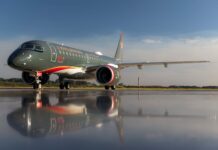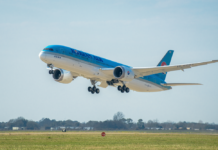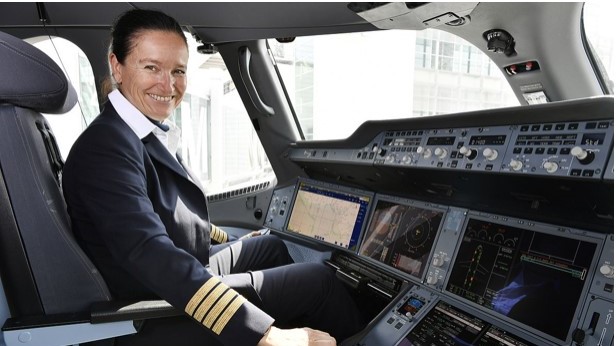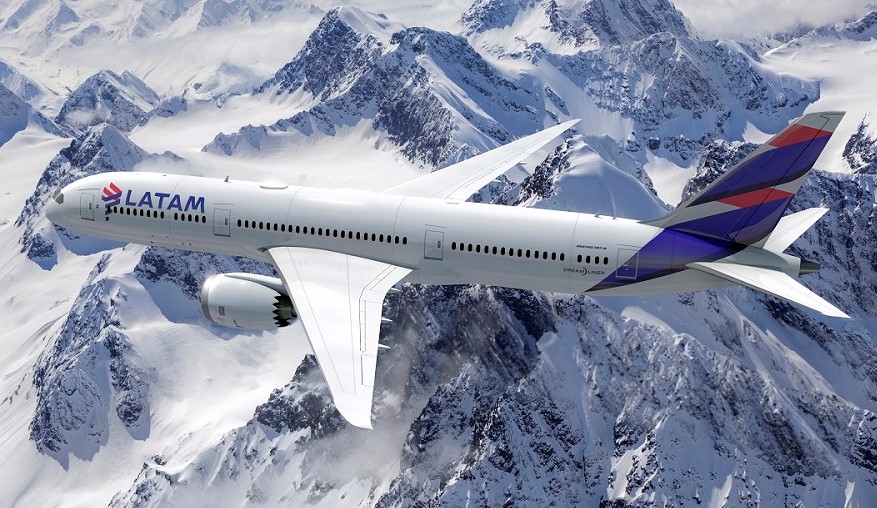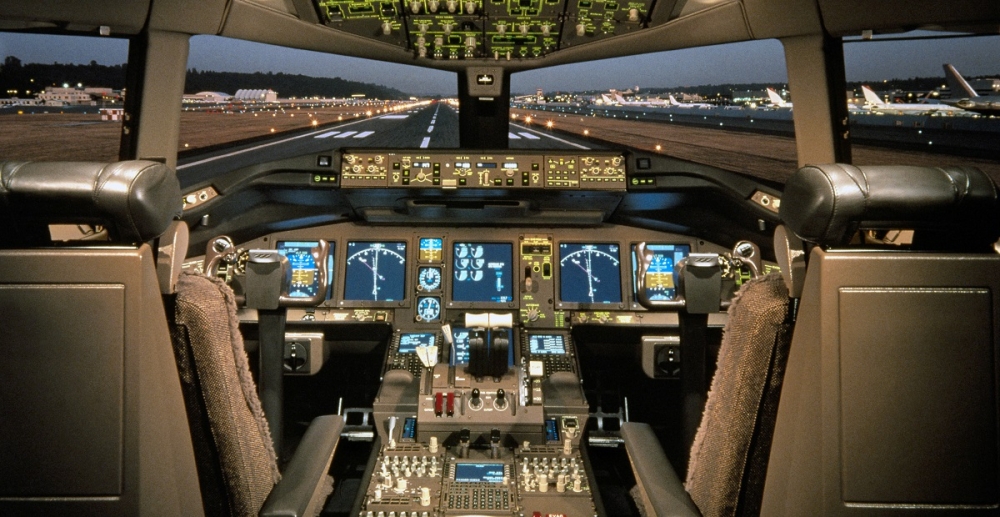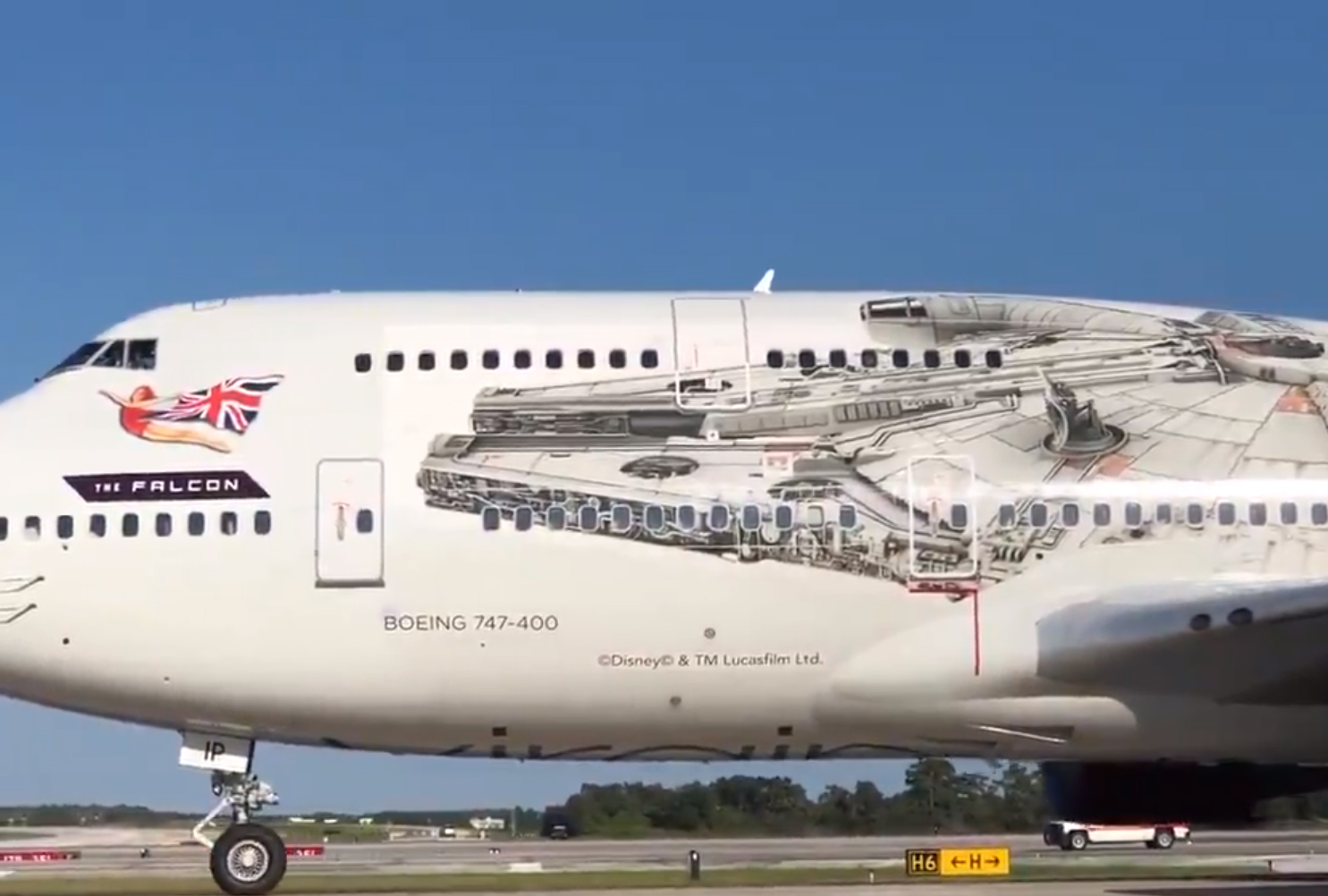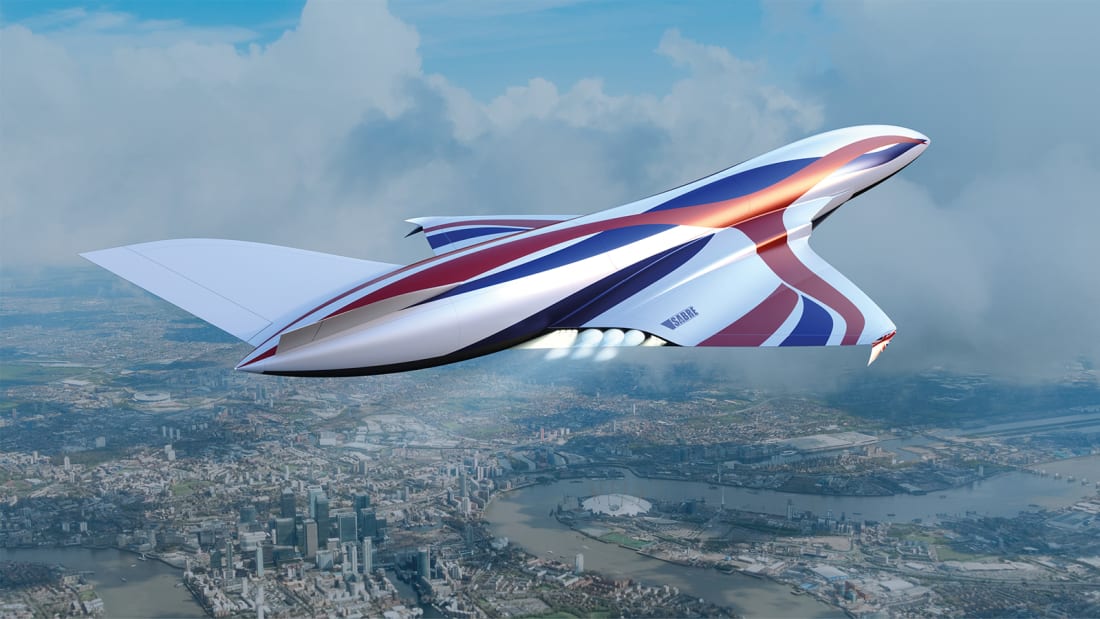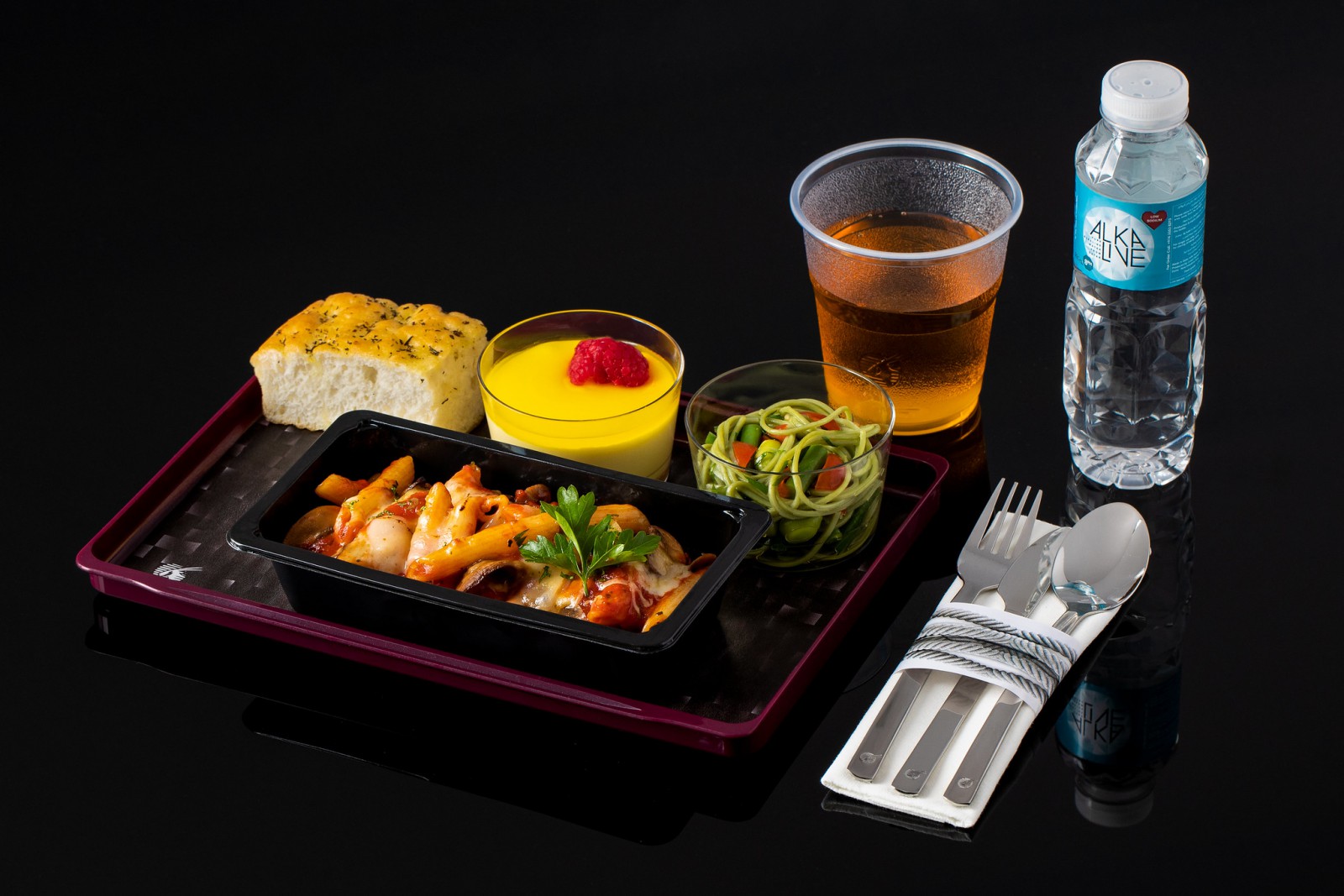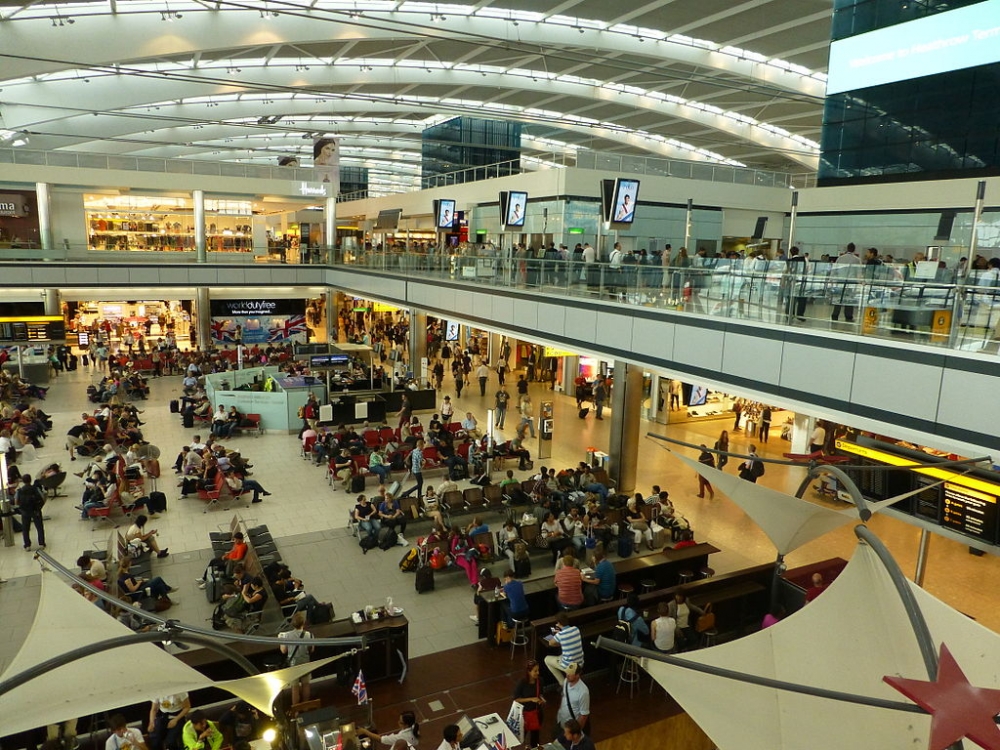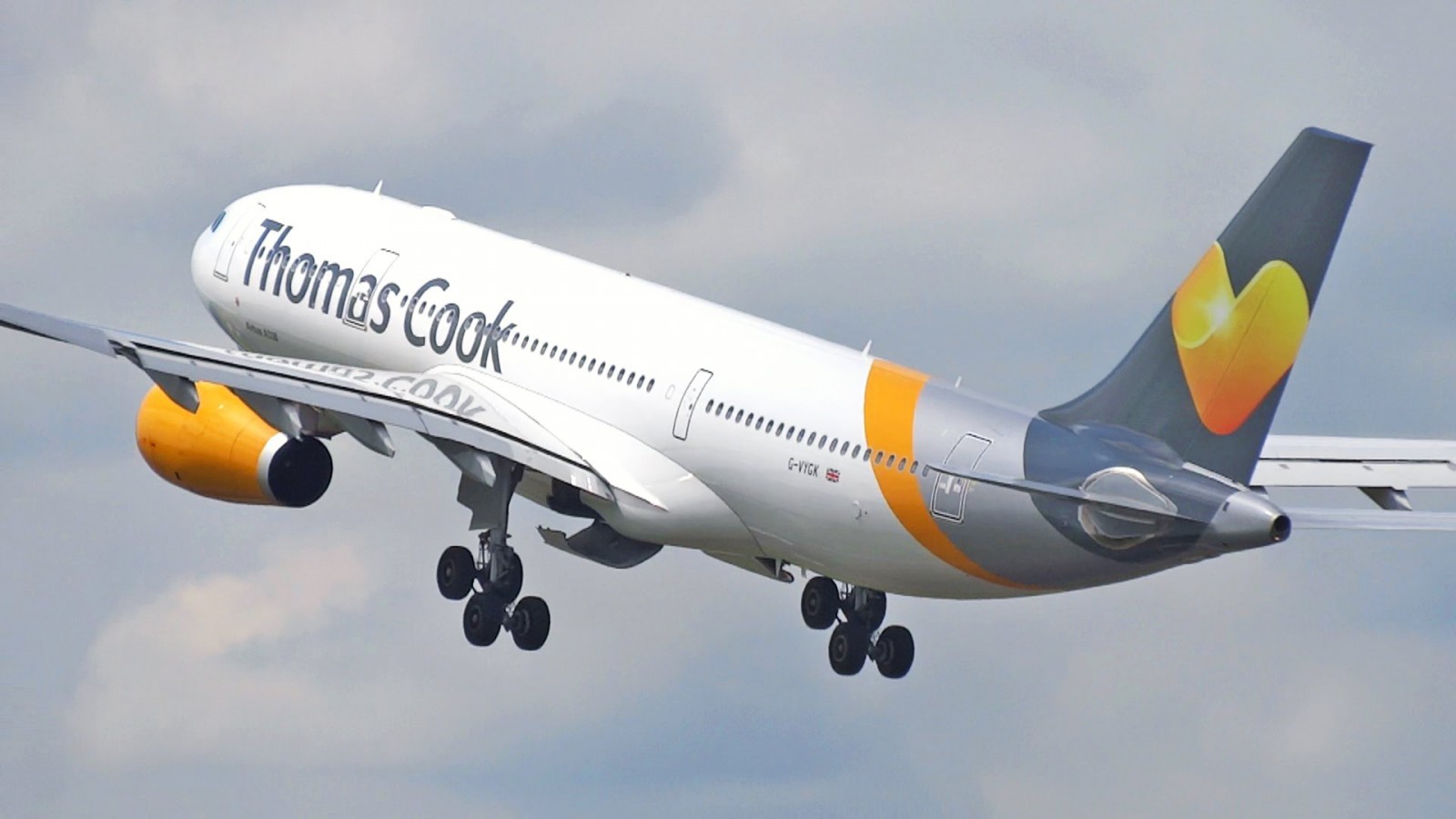The notoriously male-dominated airline industry has launched a global campaign to boost the number of women in senior positions to 25 percent by 2025.
It also wants to increase the number of women in under-represented positions such as pilots and operations by either 25 percent against current levels or to a minimum of 25 percent over the same period.
While there are no comprehensive industry-wide statistics on gender diversity, women are estimated to represent about 5 percent of the global pilot population and about 3 percent of airline CEOs.
READ: Airline collapses show industry remains fragile
Airlines to have already signed up to International Air transport Association’s 25by2025Campaign include China Eastern, Lufthansa Group and Qatar Airways.
Carriers who join the voluntary campaign will be required to report annually on key diversity metrics.
“Aviation is the business of freedom,’’ said IATA director general Alexandre de Juniac. “An example of that is the freedom for 2.7 million women and men to develop exciting careers within this industry.
“But women are under-represented at senior levels and in some professions within airlines.
“Airlines understand the value that a diverse and gender-balanced workforce delivers. The 25by2025 Campaign provides a global context and encouragement for the many initiatives our members are already taking to address the gender imbalance.”
The IATA boss said he was confident the new campaign would be a major catalyst for progress but noted the work would not be completed in 2025.
“In fact, this is only the beginning,’’ he said. “Our ultimate aim is of course for a 50-50 gender split with equal opportunities for everyone in every part of our industry.”
IATA is following its own advice and has committed to raising the representation of women in senior management from the current level of 19 percent to at least 25 percent by 2025.
It will work with member airlines to increase the number of women they appoint to IATA governance roles from the current 17 percent and boost the number of women participating as conference panelists and speakers.
Moves are also underway to create a forum on diversity and inclusion initiatives as well as publish annual industry statistics.


